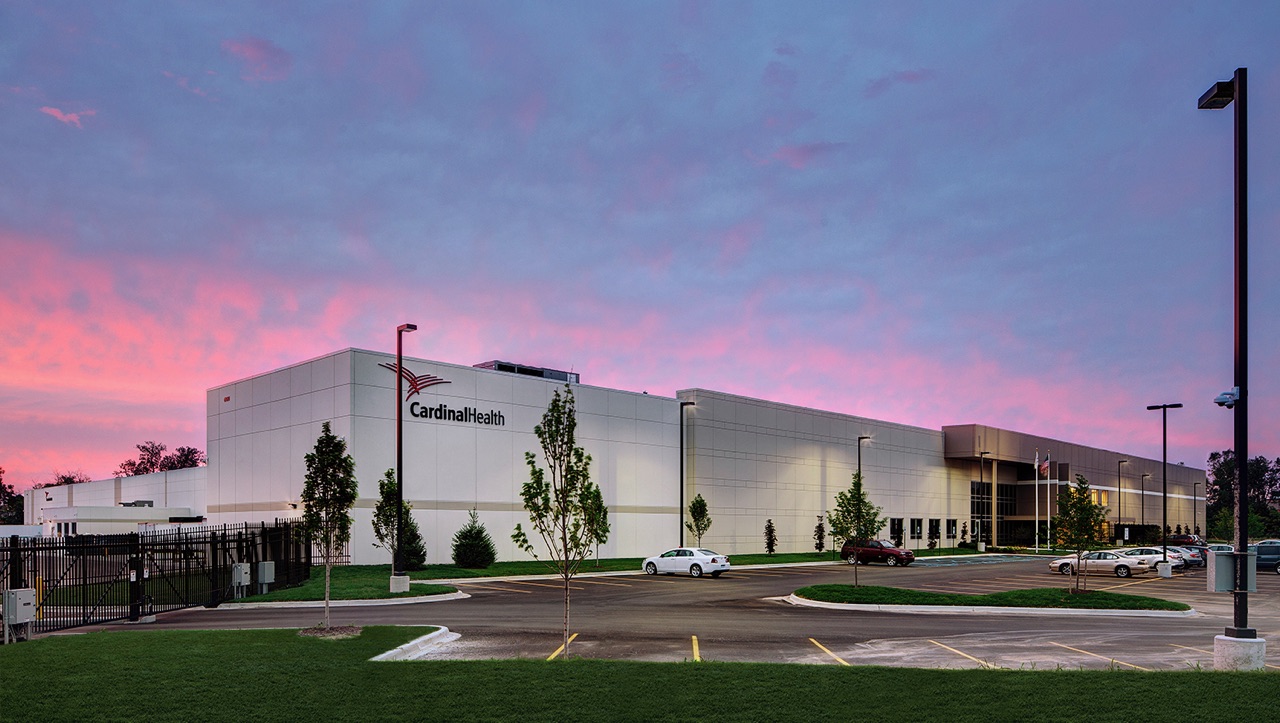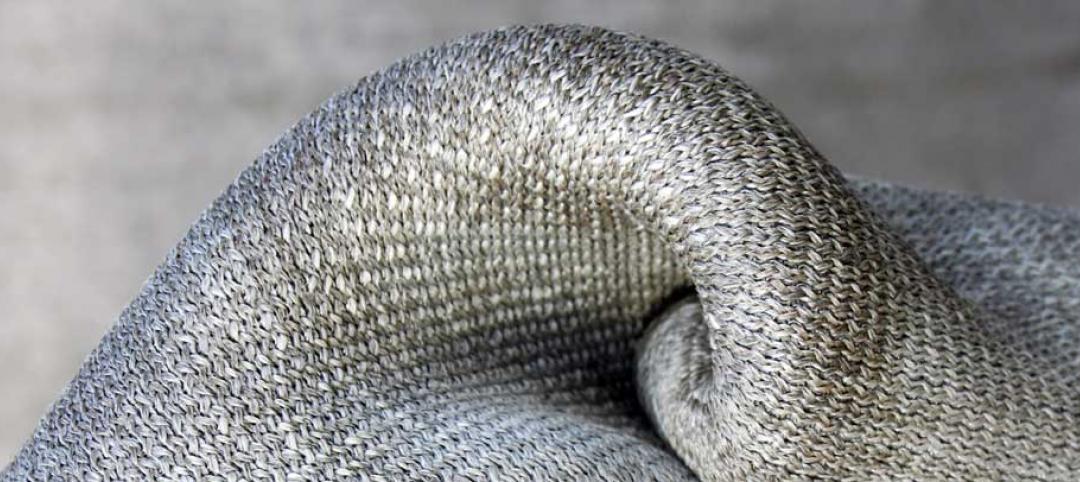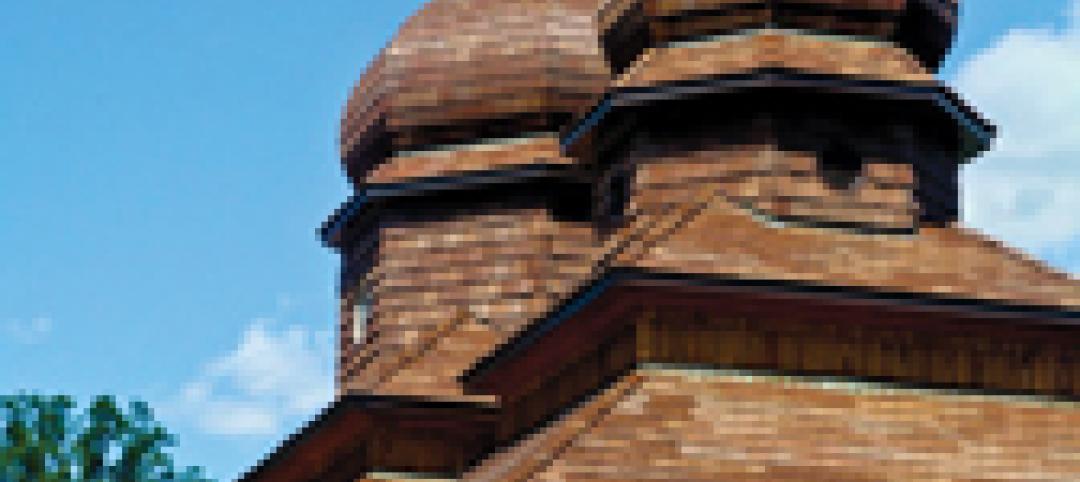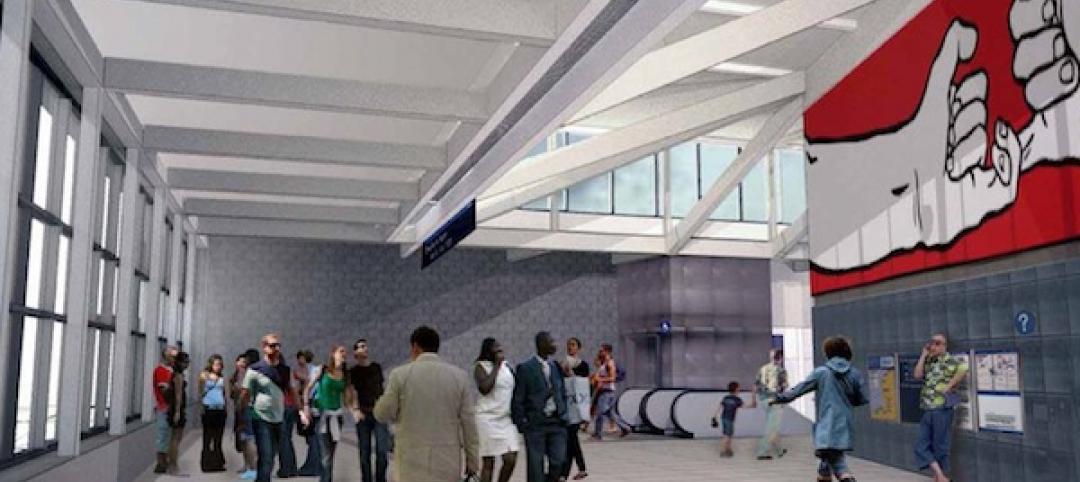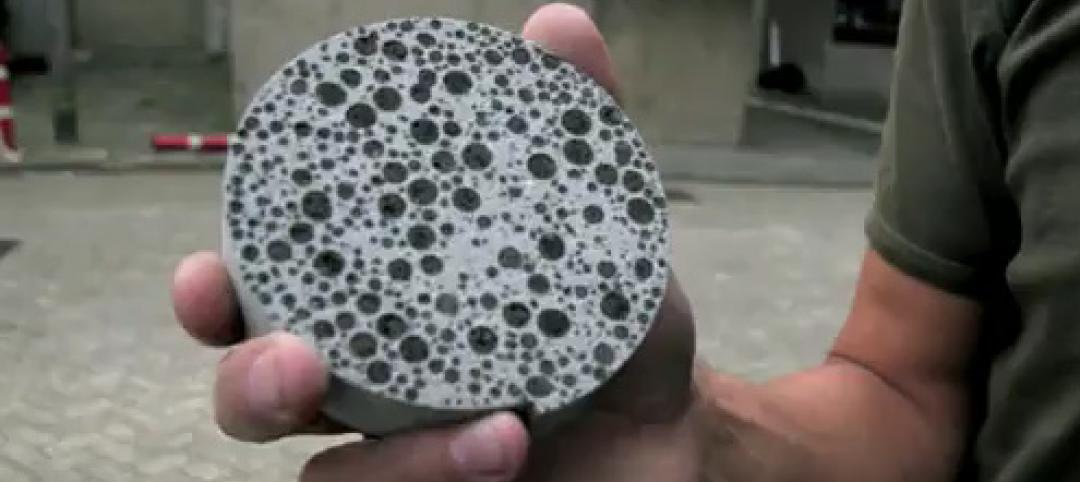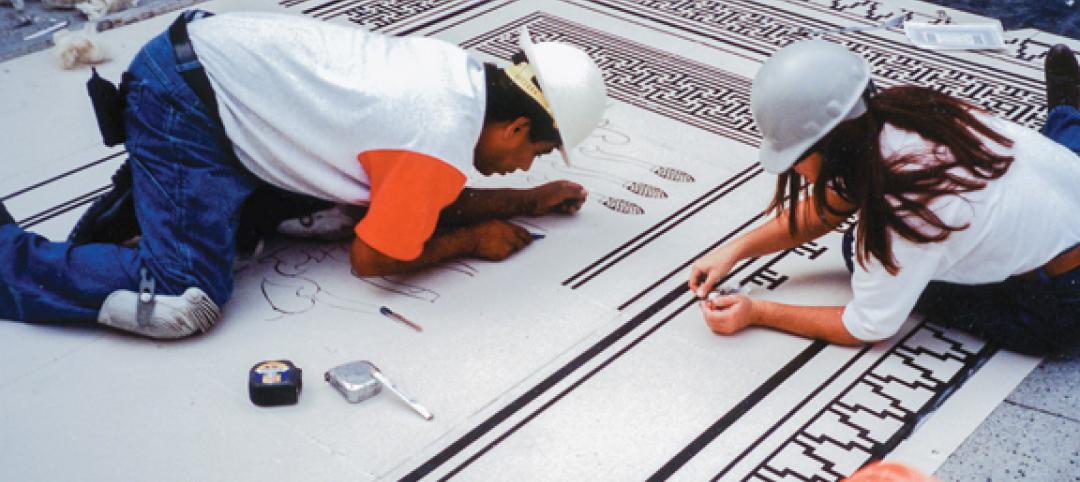As municipalities build out available real estate, virgin ground is eventually exhausted. And abandoned or blighted “brownfield” locations like munitions factories, steel mills and chemical plants become viable options to build. But that doesn’t come without its challenges.
REDEVELOP. BUT FIRST, REMEDIATION.
While existing structures may be visible to the eye, the real trouble lies in the unseen: namely the hazardous substances, pollutants or contaminants that remain in the soil.
“Brownfields are locations with soil that has been really damaged or abused over time by industry,” said Fabcon’s Aaron Gordon. “Something that’s not suitable for building. And a lot of times has to be capped.” So while redevelopment may include the razing or repurposing of existing structures, the most important step in the process is decontamination and remediation of the soil on site.
THE ADVANTAGES OF PRECAST
Brownfield projects typically involve moving massive amounts of soil. Geotechnical and environmental site conditions are considered as contaminated soil is removed and new fill is brought in. While it’s well known that Fabcon precast panels are light on a budget, the actual panels are also lighter per square foot than competitors. This creates efficiencies in the engineering requirements for preparing the site. “The engineer of record works to ensure the soil pressure is there to handle the large footprint of these industrial buildings,” said Gordon. “Our panels are lighter per square foot. And that helps in designing that footing.” But there are also code requirements to consider and the desire for energy efficiencies. That’s why many builders look to our 12” VersaCore+Green™ sandwich panels and their impressive R-value of 28.2.
WIDE RANGING POSSIBILITIES
Fabcon has played a role in many interesting brownfileld projects – highlighted by three in our home state of Minnesota.
Northern Stacks is a 122-acre business park in Fridley, Minnesota features state-of-the-art office and warehousing space just steps from the Missippi River where factories once turned out guns for U.S. Naval vessels during World War II.
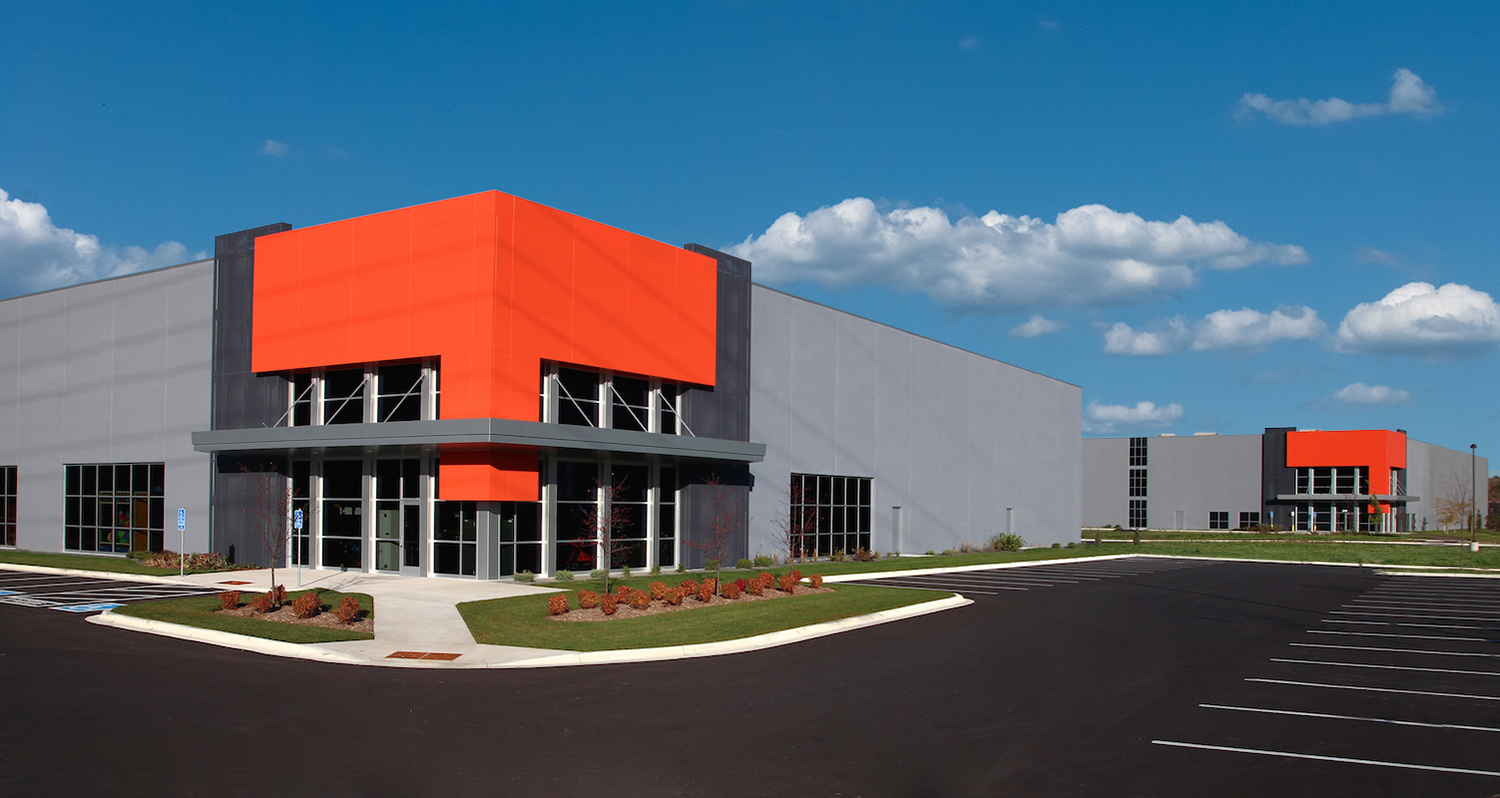 Northern Stacks - Fridley, Minnesota. Photo Credit: Fabcon
Northern Stacks - Fridley, Minnesota. Photo Credit: Fabcon
Featuring a mix of rehabbed structures and new construction, the city of Duluth redeveloped a former iron foundry and heavy machinery shop at Clyde Park into a multiuse destination. The development is now home to the Duluth Heritage Sports Center, the Duluth Children’s Museum, and Clyde Iron Works, a restaurant and events center.
And finally, the St. Paul Port Authority helped turn a decrepit bowling alley built atop an abandoned city dump along the Missippi Riverfront into a new company headquarters for River of Goods/Terrybear Urns & Memorials. And collaborated to install community gardens in the adjacent greenspace.“In each of these projects we we’re able to contribute to adding a fresh new look and functionality,” said Gordon. “Then people and businesses can start moving back into these communities that were lost along the way.”
For more information on Fabcon Precast, visit fabcon-usa.com.
Related Stories
High-rise Construction | Jul 9, 2013
5 innovations in high-rise building design
KONE's carbon-fiber hoisting technology and the Broad Group's prefab construction process are among the breakthroughs named 2013 Innovation Award winners by the Council on Tall Buildings and Urban Habitat.
| Jun 4, 2013
SOM research project examines viability of timber-framed skyscraper
In a report released today, Skidmore, Owings & Merrill discussed the results of the Timber Tower Research Project: an examination of whether a viable 400-ft, 42-story building could be created with timber framing. The structural type could reduce the carbon footprint of tall buildings by up to 75%.
| May 14, 2013
Paints and coatings: The latest trends in sustainability
When it comes to durability, a 50-year building design ideally should include 50-year coatings. Many building products consume substantial amounts of energy, water, and petrochemicals during manufacture, but they can make up for it in the operations phase. The same should be expected from architectural coatings.
| Apr 23, 2013
Building material innovation: Concrete cloth simplifies difficult pours
Milliken recently debuted a flexible fabric that allows for concrete installations on slopes, in water, and in other hard to reach places—without the need for molds or mixing.
| Apr 19, 2013
Must see: Shell of gutted church on stilts, 40 feet off the ground
Construction crews are going to extremes to save the ornate brick façade of the Provo (Utah) Tabernacle temple, which was ravaged by a fire in December 2010.
| Mar 29, 2013
Shenzhen projects halted as Chinese officials find substandard concrete
Construction on multiple projects in Guangdong Province—including the 660-m Ping'an Finance Center—has been halted after inspectors in Shenzhen, China, have found at least 15 local plants producing concrete with unprocessed sea sand, which undermines building stabity.
| Mar 4, 2013
Legendary structural engineer Gene Corley passes away at 77
CTLGroup, an expert engineering and materials science firm located in Skokie, Illinois, is saddened by the news that W. Gene Corley, Ph.D., S.E., P.E., Senior Vice President, died on March 1, 2013 after a brief battle with cancer.
| Feb 25, 2013
Turner employs rare 'collapsible' steel truss system at Seattle light rail station
To speed construction of the $110 million Capitol Hill Station light-rail station in Seattle, general contractor Turner Construction will use an unusual temporary framing method for the project's underground spaces.
| Feb 22, 2013
Dutch team's 'bioconcrete' can heal itself
Two researchers from Delft Technical University in Holland have developed a self-healing cement that can stop microcracks from forming in concrete.
| Jan 3, 2013
5 things you should know about decorative concrete
Designing and installing decorative concrete is a lot more difficult that you might think. A veteran of many such installations offers a handful of tips to help you plan your next decorative concrete project.


